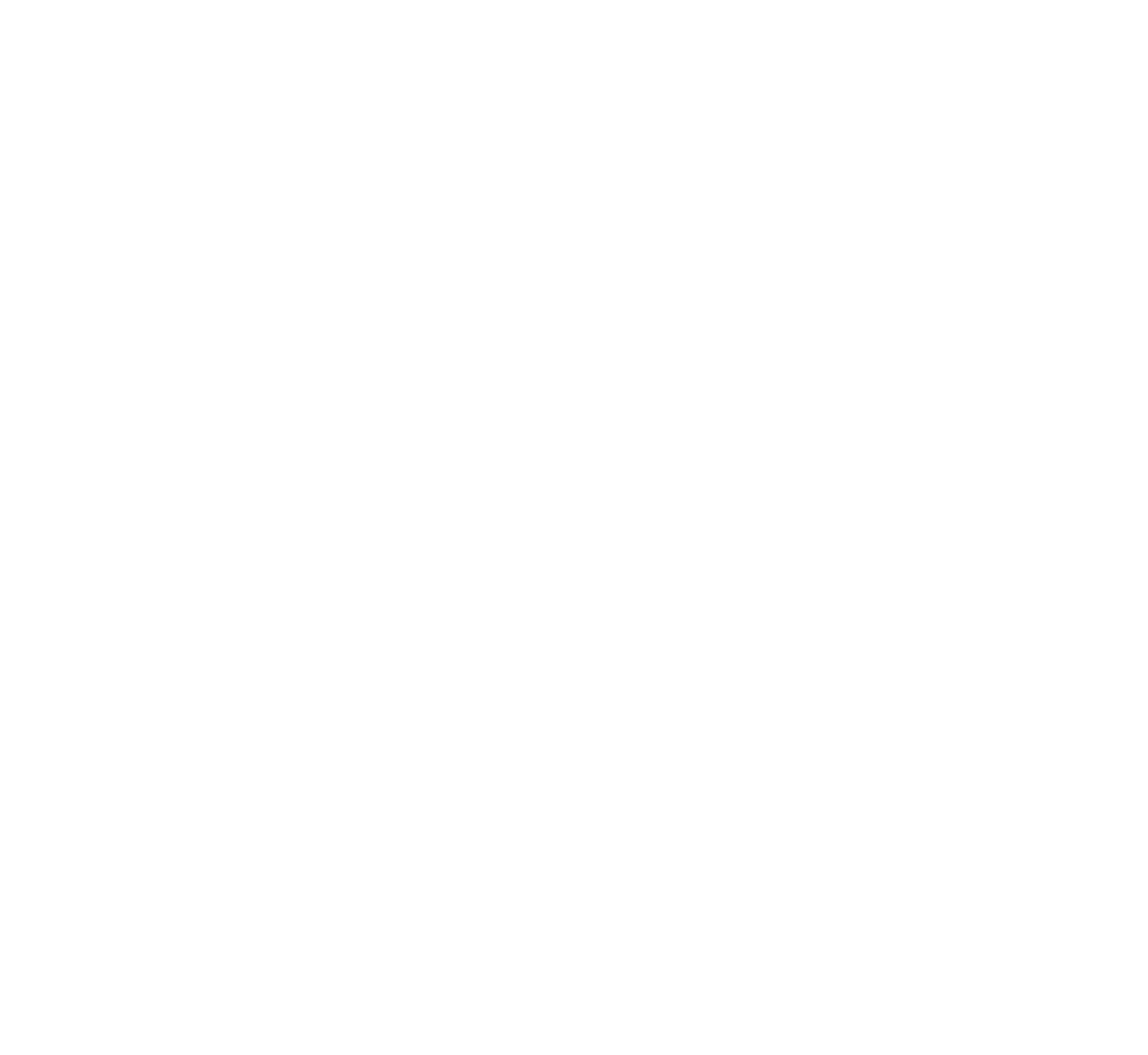
110
102 Nathaniel Hone RHA (1831-1917)
Driving Cattle Home through the Bend
Oil on canvas, 61 x 91.5cm (24 x 36”)
Provenance: Deepwell, Blackrock. Presented to J.P. Reihill by the Board of Irish Life circa 1983
€15,000 - 20,000
Nathaniel Hone was the first native artist to introduce the in-
fluence of 19th century French Naturalism to Irish painting.
He was born in Fitzwilliam Place, Dublin in 1831, the son
of Brindley Hone, a merchant and director of the Midland
Great Western Railway and was the great-grandnephew of
the 18th century painter of the same name. Though a mem-
ber of this very artistic family, his initial training was as an
engineer at Trinity College Dublin followed by a brief period
of work for the Irish Railway before going to Paris in 1853,
at the age of twenty-one to study painting. He first studied
under Adolphe Yvon, the French military painter and later
Thomas Couture who was one of the earliest exponents of re-
alism and from whom Hone learned principles which would
influence his work throughout his career.
Hone moved to the village of Barbizon in the Forest of Fon-
tainebleau circa 1856, where he painted with Millet, Courbet,
Daubigny and Harpignies. Corot’s paintings had the greatest
influence upon his work. The advice which Hone had ab-
sorbed from Couture to “retain the brilliant qualities of a first
painting”, were echoed by Corot in Barbizon: “surrender to
the first impression”. While based in Fontainebleau, Hone
also made trips to Normandy, Brittany, the Mediterranean
coast and briefly visited Italy. Wherever he travelled his sub-
ject matter was consistent, always choosing to observe the
landscape and country life, in scenes of shepherds with their
herds, fishing villages and the seashore.
During his seventeen years in France, Hone made regu-
lar visits home before this final return in 1872. Within a few
months he married Magdalen Jameson of the wealthy, distill-
ing family and they settled near Malahide.The paintings which
he completed in Ireland after his return from France maintain
the mood and muted tonality characteristic of the Barbizon
School. He chose similar subjects to those he had portrayed
in France: woodlands, pastures and coastline; the major part of
his output was of scenes around Dublin Bay although he also
painted in Wicklow, Donegal, Mayo and Clare and made sev-
eral trips abroad to Greece, Asia Minor and Egypt.
From 1876, except for four years, Hone exhibited at the RHA.
He was elected a full member in 1880 and in 1894 became
Professor of Painting. His exhibition with John Butler Yeats in
1901 was one of the turning points for the history of Irish art
as it was their paintings which convinced Sir Hugh Lane that
Dublin should have a gallery of modern art. After his death in
1917 his widow bequeathed the contents of his studio to the
National Gallery of Ireland.
This painting was one of the unframed canvases catalogued
by Dermod O’Brien and listed by Thomas Bodkin as being
in the collection of Mrs Hone at the time of her death (Four
Irish Painters, p.172, no. 89). It displays Hone’s great feeling
for specific light and weather condition. His concentration is
on billowing cumulus skies, which echo, formally, the shape of
the undulating countryside beneath. The use of rapid, flecked
brushstrokes in the foreground and to describe the cows and
drover suggests an awareness of Impressionism.


